Real music lovers can find the melody in everything. From the park to the concert hall, our friend Nelson Brill is always on the hunt for great sound.
In this blog, Brill offers some suggestions for the perfect gifts the audiophiles in your life would enjoy this holiday season.
HOLIDAY GIFT GUIDE FOR THE AUDIOPHILE UNDER YOUR MISTLETOE
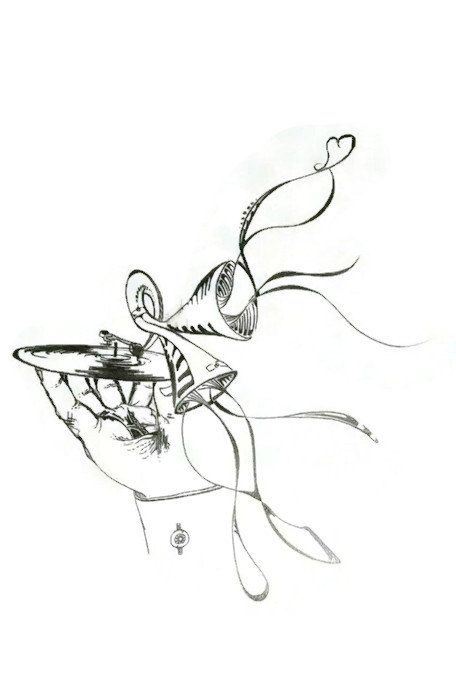

 Duke Robillard – youtube.comIn your search, always keep an eye out for an LP with a white “promo” label or “radio sticker” (a great find that usually promises the best sonics because such “promo” copies were culled from early pressings of any given LP).If you do not have a record store to support nearby, then heading to one of the specialty audiophile stores online can be another great gift resource. You’ll find tons of great LP titles at www.acousticsounds.com a site that carries many audiophile quality labels and titles. One such label you will find there is Audio Fidelity (“AF”; www.audiofidelity.net), a company that I have highlighted often in these pages for their reliably quiet LP surfaces and their special way with producing remasters of old classic rock albums that always succeed in capturing the elusive (dynamic!) sparkle of original performances.
Duke Robillard – youtube.comIn your search, always keep an eye out for an LP with a white “promo” label or “radio sticker” (a great find that usually promises the best sonics because such “promo” copies were culled from early pressings of any given LP).If you do not have a record store to support nearby, then heading to one of the specialty audiophile stores online can be another great gift resource. You’ll find tons of great LP titles at www.acousticsounds.com a site that carries many audiophile quality labels and titles. One such label you will find there is Audio Fidelity (“AF”; www.audiofidelity.net), a company that I have highlighted often in these pages for their reliably quiet LP surfaces and their special way with producing remasters of old classic rock albums that always succeed in capturing the elusive (dynamic!) sparkle of original performances.
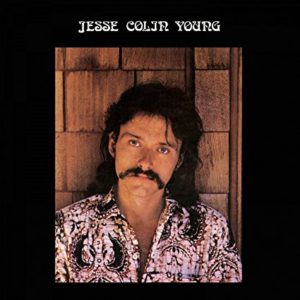
One of AF’s latest reissues is from the catalogue of singer/songwriter Jesse Colin Young, whose warm vibes (from his 70’s California roots) is a perfect uplift gift for this holiday season. AF’s re-mastering of Young’s 1973 classic, Song For Juli, is a cause for celebration. Its quiet surfaces contain many riches: the tactile nylon of Young’s burbling acoustic guitar (on his “Song For Juli”); the brass punches that carouse “Ridgetop” and “Country Home”; the playful deep bass and whip-sharp sax calls in the rollicking “Miss Hesitation” and the bluesy sway of Young’s version of the “T-Bone Shuffle” (that takes it all home with Young and his swanking band radiant and pumping). This superb AF LP captures Young and his band in all their creative flight: boisterous, contemplative and grooving. (Jesse Colin Young will play locally at the wonderful Narrows Center For The Arts in Fall River, MA. on March 4, 2017 – see www.narrowscenter.org).

If your LP maven is a jazz lover, check into Newvelle Records (www.newvelle-records.com), another audiophile label that I have highlighted this year for its superb LPs and its unique business model that insures support for the artists through members-only subscriptions. Now is the best time to purchase a membership at Newvelle’s website to gain access to their upcoming 2017 series of eclectic jazz performances recorded in intimate sessions at East Side Sound Studio in New York City. (You can also now purchase, while they are still available, the complete bundle of recordings from Newvelle’s 2016 season). I have been enjoying my latest Newvelle Records release entitled Quiet Revolution which captures all the intimacy and dynamism of a session with bassist Ben Allison, guitarist Ted Nash and saxophonist Steve Cardenas.

Republicojazz.blogspot
A listen to this band’s version of Jimmy Giuffre’s “Pony Express” and his “The Train and the River” delivers crackling and symbiotic music making with Cardenas swirling on his clarinet or sax; Nash moving creatively on his sheets of sparkling acoustic guitar and Allison folding it all together with his pungent and funky bass lines. A Newvelle Records’ membership is a great gift to pass along to any jazz fan who would relish exploring such one-of-a-kind jazz sessions like this gem, ensnared on quiet LP pressings and accompanied by original artwork and poetry that highlight the tactile and visual treats of the vinyl experience.
To keep all this great vinyl sounding its best, another simple and affordable gift idea is to purchase some new accessories to keep your pal’s records sounding their best.

The most reliable record cleaning brush that I have encountered is the Hunt E.D.A. Mark 6 brush (available locally at Goodwins’ High End Audio of Waltham, MA. (www.goodwinshighend.com; or at online stores like www.musicdirect.com). All it takes is a few rotations with this brush to get records dust free and ready for stylus action. And, to clean that stylus after every record or two, the best stylus cleaner around is from Clearaudio, their “Diamond Cleaner” (also available locally at Goodwins’ or at online stores like www.needledoctor.com). Any of these accessories would make great stocking stuffers for the vinyl maven.

Turning attention to some CD’s for gift ideas, there is another yearly subscription gift idea that will surely send plenty of joy to those who love to rock n’ roll. A yearly subscription to “Dave’s Picks” (available at www.dead.net) (which purchases four CD releases plus a special Bonus Disc) opens up uncharted worlds of the Grateful Dead (the “Greatest Band In The Land”-Bill Graham) in all their splendor – warts, curves and rousing glory intact. This past year’s subscription to Dave’s Picks delivered such delights as a roof-raising “Scarlet Begonias” into “Fire On The Mountain” from the second set of the Dead’s powerful performance at the University of Boulder on 12/9/81 (Dave’s Picks Volume 20) to the filigree light of “Eyes of The World” from their 7/17/76 show at the Orpheum Theatre in San Francisco (with Garcia’s voice young and earnest next to his lithe guitar) (Dave’s Picks Volume 18).

Ew.com
The crew behind Dave’sPicks deliver these new re-mastered recordings with a sonic immediacy and presence that invite the listener into the unfolding drama of the Dead’s 50 year journey- transporting us back to the thrill of those days when experimentation from chord to chord; from amp to amp; from ballad to soaring rock n’ roll was just another day at the splendid office for these roisters of musical glory.

tubefilter.com
And, speaking of glory, holiday gift-giving would not be complete without a listen to the glorious creation from Tchaikovsky, his Nutcracker Suite, brought to sparkling life on XRCD24 (compatible with all CD players) from Hi-Q Records (distributed by Elusive Disc – www.elusivedisc.com). Hi-Q Records is one of my favorite audiophile labels for classical music because their re-mastering of classical performances deliver some of the most realistic orchestral colors, textures and volume/expanse of a real acoustic space that I have heard on CD.
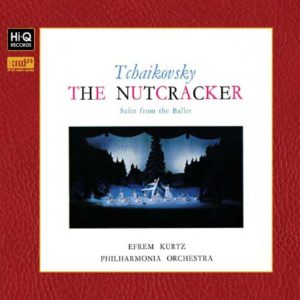
Hi-Q’s release of the Nutcracker [Hi-Q Records #51] with conductor Efrem Kurtz and the Philharmonia Orchestra (as well as their re-mastering and release of Tchaikovsky’s Swan Lake[Hi-Q Records #49] with these same artists) are taken from the original master tapes of the performances recorded at Abbey Road Studios in the 1950’s. Although there is some background tape noise from these old master tapes, (and cymbal crashes that will knock you out of your seat lose a bit of their natural decay and shimmer), this is as close as CD gets to vinyl’s great virtues for tactile details and capturing the natural acoustics of a recording venue.
When the chorus softly caresses from the far reaches of the stage (while flutes flutter high), the magic of Tchaikovsky’s Nutcracker is revealed in all of its sparkling drama on this Hi-Q Record CD. Catch the dancing snowflakes (and the light tambourine at the rear of the stage) if you can!

Balletnews.co.uk
If your holiday gifting is for someone who listens to their music primarily on a portable headphone system, then a great easy gift might be to purchase a new headphone cable to upgrade those favorite pair of “cans.” I have been thoroughly enjoying the immersive experience of listening to music through my pair of Sennheiser HD 650 headphones (www.sennheiser.com) recently upgraded with a Heimdall2 headphone cable from Nordost (www.nordost.com).

Heimdall2 with Audeze LCD-3 headphones
Substituting the Heimdall2 cable for the Sennheiser stock headphone cable delivered a remarkable increase in all of the sonic areas that make headphone listening such an immersive experience: music crackled with new life and tactile details; vocals and instruments were more deeply layered and images were more solidly anchored in their natural acoustic space. You could more easily hear to the rear walls of a given recording space on recordings that allowed for such ambient details to be explored. The Nordost Heimdall2 headphone cable is available from any Nordost dealership (see www.nordost.com) and can be easily configured to swap out any standard headphone cable with terminations compatible with any major player in the headphone market.
To feed that headphone system a steady diet of superb three dimensional sound, grab a few titles from the venerable audiophile label Chesky Records (www.chesky.com) and their “Binaural+” series of recordings. The “Binaural+ Series” sessions were recording on high resolution 192-kHz/24-bit sound with a special “Binaural Head” (a model human head with specialty calibrated microphones where the ears would be). These remarkable “Binaural” recordings (produced in association with Professor Edgar Choueiri of Princeton University’s 3D Audio and Applied Acoustics Lab) bring the headphone immersive experience to another level of enjoyment with performances that jump out between your ears with thrilling realism.

One of my favorites from the Chesky Binaural+ Series is singer/songwriter/guitarist Melissa Menago’s Little Crimes [Chesky Binaural Series JD384; www.chesky.com). Menago is a young artist who delivers a gold mine of expressive songs on this superb recording, surrounded by the airy space of The Hirsch Center in Brooklyn, New York. Menago’s voice and guitar are expressive vehicles that deliver punchy verve (on her originals “If The Fire Goes Out;” “Airplane” and “Smoke Signs”) or bracing intimacy, such as on her dapper version of “Somewhere Over The Rainbow/Such Great Heights” or on her spritely “The Other Side of You”. The stellar imaging on this Chesky recording seats us right at the feet of Menago’s microphone and her voice and her tactile thumps of her guitar (or Keith Gill’s hand held percussion and shakers) are crisp and vital in the surrounding air. (The recording is so natural that at times, you can hear the rumble of a subway or what sounds like rain hitting the pavement outside the Hirsch Center in natural accompaniment to Menago’s spindly inflections). Menago takes us to another place, intimate and enveloping, in her stirring music. Her gorgeous slow rendition of Leonard Cohen’s stately and beautiful “Hallelujah” (the recently departed Cohen will be missed!) is delivered as a stark hymn by Menago: intense and powerful and glowing with Cohen’s contemplative mystery. A perfect “Hallelujah” to pass along in this holiday season.

awhitecarousel.com
If you would like to read more reviews like this one, visit Nelson’s blog at www.bostonconcertreviews.com.











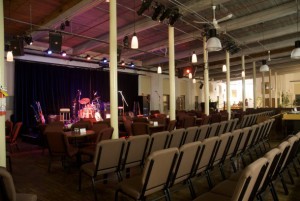

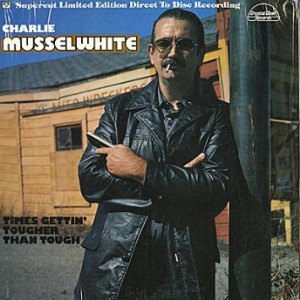
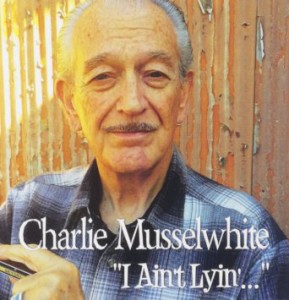



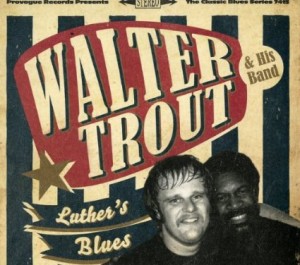
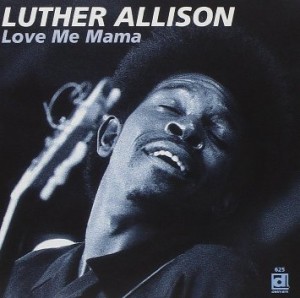
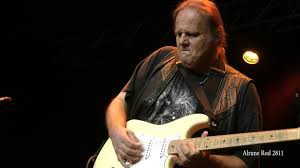














































 our sponsorship of Ireland’s most successful female singer/songwriter, Eleanor McEvoy. Eleanor will be entertaining show attendees with hits spanning her career, from “A Woman’s Heart”, the title track on the best-selling album in Irish history, to her most recent album “Stuff”. During Ms. McEvoy’s concerts, she will be using Nordost’s new Ax Angel pro audio cables, which truly enhance her already stellar live performances.
our sponsorship of Ireland’s most successful female singer/songwriter, Eleanor McEvoy. Eleanor will be entertaining show attendees with hits spanning her career, from “A Woman’s Heart”, the title track on the best-selling album in Irish history, to her most recent album “Stuff”. During Ms. McEvoy’s concerts, she will be using Nordost’s new Ax Angel pro audio cables, which truly enhance her already stellar live performances.